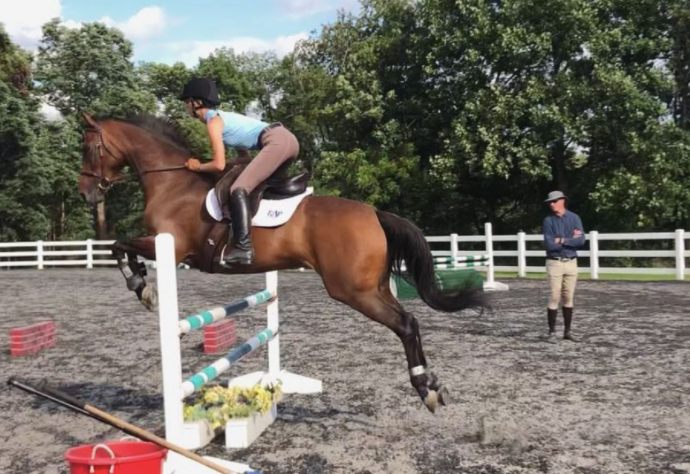I have heard many of my fellow horsemen and horsewomen joke about their preference in interacting with animals over people. Sometimes it’s not actually a joke. Nevertheless, there seems to be a general trend that our “happy place” can be found among animals who don’t speak in the same way that we do.
While speaking with entirely different methods of communication can prove to be challenging, I believe that when we pay close enough attention to our horses, we communicate in an extremely intimate way that can create such strong bonds with our horses. This can also improve our communication with people.
Despite not speaking the same language, horses hear us, listen to us, and speak to us carefully – maybe more carefully than we realize or understand. Our body language– each movement, no matter how small– sends a signal to them. Even our posture presents us in a certain way.
Horses are very sensitive animals; twitching flies away, sorting through hay and grass quickly with their muzzle, and responding to slight shifts of weight while we’re in the saddle. When we’re around them, they can clearly sense our emotions and mood. An anxious rider can feed into an anxious horse, or a quiet calm can settle the atmosphere. For example, when my sensitive mare gets excited when jumping, I’ve been encouraged to “let the air out of my balloon” (Doug Payne) to prevent my excitement from adding to hers, and to try to have her mimic my calm presence.
Controlling my own body language helps send clear signals to my mare.
Recognition of this level of sensitivity in communication is especially clear to me when I longe my horse. Although the distance between the horse and myself increases, my body’s subtle communication asks the horse for changes. Want the horse to go faster? I’d position myself to ‘send’ the horse forward by shifting weight towards their hind end. Want them to slow down? I’d shift to the front of the horse’s position.
My horse sends communication back to me in this way too. If my horse is soft and looking in towards me with an ear pointed in my direction, I know she’s ready to focus. If she’s looking around and “stuck” in the neck and shoulder, I know she’s distracted and worried. Even something more subtle, like a tail twitch or a head toss can suggest agitation or playfulness.
Body language has meaning in our training. But body language also has meaning outside of our training.
While humans might not rely quite as much on body language as horses do in our interactions between people, it absolutely still has influence. We see someone standing tall and moving with a clear and calm presence as someone who is confident. We see someone shifting their weight and looking down while speaking as someone who is nervous. Body language, although not usually our primary form of communication with people, gives us context in these interactions as well.
Practicing and strengthening the control of your own body language can significantly improve your communication with your horse and with people. Being clear and consistent in how you show up and portray your emotions can help you come into interactions with confidence to listen and speak to your horse and others.

